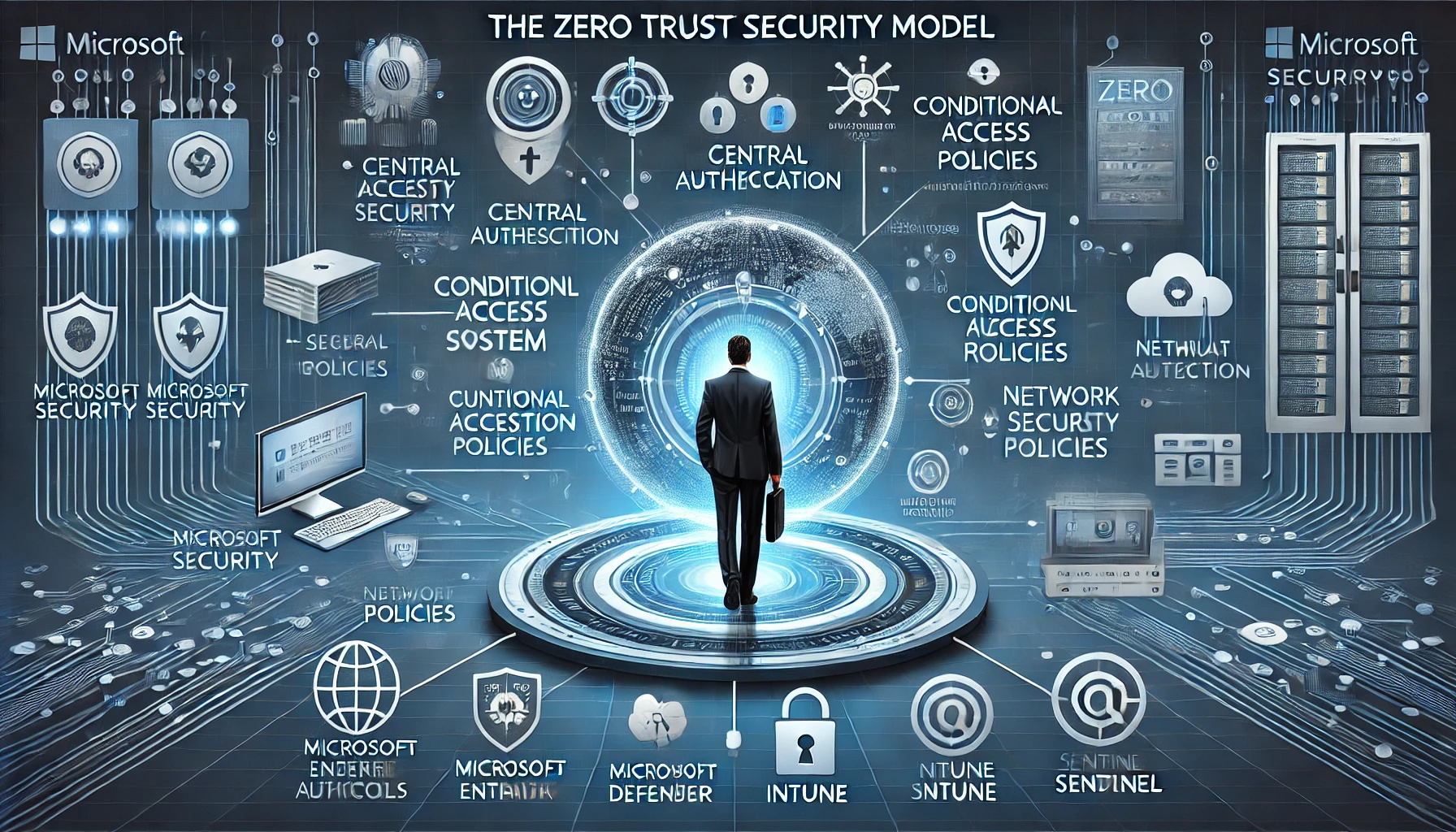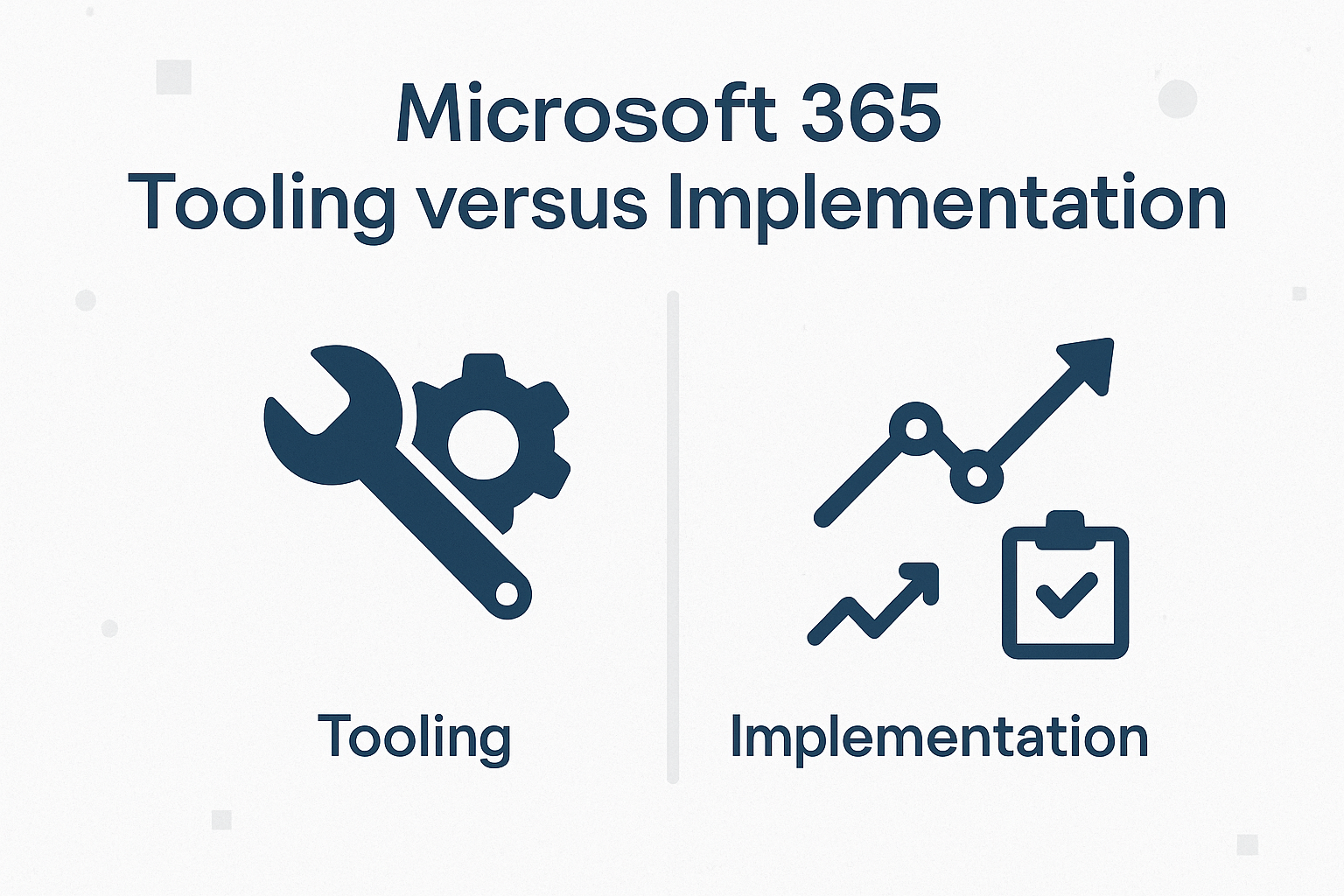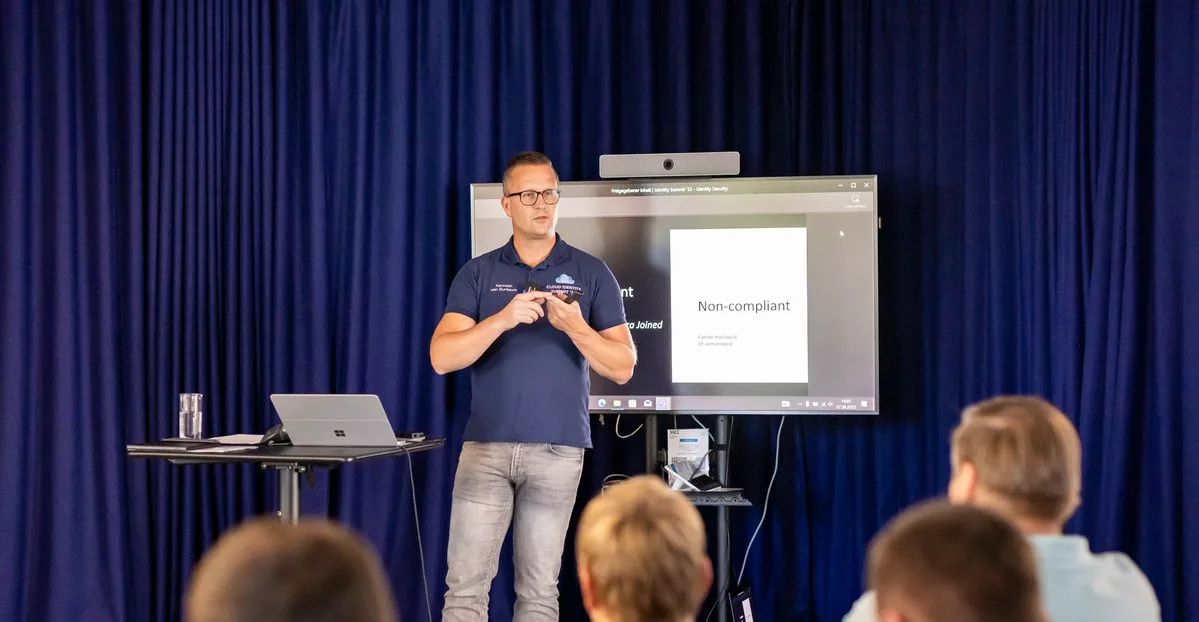Zero Trust is a must! And now what?

“Never trust, always verify” – that is the foundation of Zero Trust. This security model assumes that no network, device or user can be trusted by default. But how do you apply this in practice? And what challenges do you run into?
For IT departments and Managed Service Providers (MSPs), implementing Zero Trust involves both technical and organizational complexity. Below, we highlight the main stumbling blocks and how to overcome them.
Challenges in implementing Zero Trust
1. The complexity of implementation
Zero Trust often requires a complete overhaul of existing IT architectures. Identity management, network segmentation and access controls must be completely redesigned. This is especially challenging for organizations with complex infrastructures, such as multinational corporations with multiple IT systems worldwide. Coordination between departments and technologies can be a stumbling block.
2. Lack of knowledge and resources
Moving to Zero Trust requires specialized expertise. Not every IT team is immediately able to efficiently apply Zero Trust methodologies such as micro-segmentation and identity-based access. This can lead to delays and security risks. External support and training are essential to ensure a successful transition.
3. The balance between security and ease of use
Stringent authentication requirements can cause user frustration if the process is not properly optimized. Employees want quick and easy access to their systems, while Zero Trust requires continuous authentication.
One solution to this is adaptive authentication combined with Conditional Access. Conditional Access in Microsoft Entra ID (formerly Azure AD) allows organizations to grant access based on risk-based policies. This means that users can log in smoothly with Single Sign-On (SSO) under normal circumstances, but additional authentication steps (such as Multi-Factor Authentication) are required for suspicious behavior, such as logging in from an unknown location or a new device.
By using Conditional Access as a core component of adaptive authentication, security is dynamically adapted to risk without unnecessary friction for users.
4. Integration with existing systems
Many organizations still use legacy systems that were not designed with Zero Trust in mind. For example, consider a hospital with outdated medical equipment that cannot be easily integrated with modern security protocols. In such cases, a hybrid approach is needed, such as isolating vulnerable systems within highly secure network segments.
5. Man as weak link
Technology alone is not enough-awareness and training are crucial. Without the right knowledge, employees may unknowingly introduce security risks, such as by sharing login credentials. For a Zero Trust strategy to be effective, employees must understand why certain security measures are necessary and how to handle them.
Microsoft solutions for Zero Trust
Microsoft offers a comprehensive portfolio of solutions to implement a Zero Trust security model. Below is an overview of key products and how they contribute to Zero Trust:
🔹 Microsoft Entra ID (formerly Azure AD) – Provides identity-based security with strong authentication (MFA), Conditional Access and Single Sign-On (SSO).
🔹 Microsoft Defender for Identity – Detects suspicious activity and identity-related threats within your network.
🔹 Microsoft Defender for Endpoint – Secures endpoints against advanced threats through behavioral analysis and AI-driven detection.
🔹 Microsoft Intune (Endpoint Manager) – Provides management and security of mobile devices and applications within Zero Trust.
🔹 Microsoft Purview (formerly Compliance Manager) – Helps enforce compliance and data classification to protect sensitive information.
🔹 Azure Network Security (NSG & Azure Firewall) – Supports micro-segmentation and network security to minimize lateral movement by attackers.
🔹 Microsoft Sentinel – Cloud-native SIEM/SOAR solution for real-time threat detection and response within a Zero Trust environment.
With these solutions, organizations can implement Zero Trust in a phased and customized manner, without sacrificing productivity or usability.
The benefits of a successful Zero Trust implementation
When applied properly, Zero Trust offers significant benefits:
✅ Early detection of suspicious activity – enabling faster blocking of data breaches and attacks.
✅ Secure remote working – without compromising security.
✅ Limited impact of cyber attacks – by preventing attackers from moving freely within the network.
Zero Trust is not a one-time project, but an ongoing process. It requires a fundamentally different way of thinking about security.
Secure At Work: Driven by Zero Trust
At Secure At Work, we believe that security begins with verification. That’s why we use Zero Trust thinking as the foundation for our platform. This means that with our solutions, organizations can strengthen their security without sacrificing ease of use or productivity.
Wondering how your organization can apply Zero Trust with the right Microsoft solutions? We are happy to share our knowledge and insights. Contact us and discover how to take your security to the next level.

